Of the textiles Elise gave me, I’ve shown you a very exotic assuit tunic, and a very sweet but commercial wrap. This week, let’s look at something a bit between the two – a homemade evening gown of gorgeous devore velvet in cobalt blue.
The dress is a beautiful, but absolutely typical, example of a middle-class semi-formal dress.
This wasn’t a society woman’s frock by any means: it’s the kind of dress made by a home dressmaker from a pattern that almost certainly included a ‘day’ and ‘evening’ version with the only notable difference being the length of the skirt.
So, not unusual or exciting in that sense, but actually more exciting because it is such a typical example: it really gives such a perfect picture of what most women were wearing to simple evening events in the second half of the 30s. And it’s beautiful. The devore velvet (probably rayon) is just swoon-worthy, and the cut is simple but effective.
The dress consists of a bodice joined to a basic bias-cut four-gore skirt at a high inverted ‘V’ waist. It would have been worn with a matching slip, perhaps in a slightly contrasting colour to highlight the devore velvet.
The dress fastens with a side-zip (these became more and more common throughout the 1930s, especially on cheaper garments)
Even though there isn’t a seam at the traditional waist, there is a self-fabric belt to highlight the waist and help hide the zip.
At some point the belt of this dress has been crudely tacked on to the dress partway around, making the dress hang funny (the belts too heavy) and warp. I’ll probably remove the tacking stitches and store the belt separately.
How much to restore/alter/conserve vintage garments is one of those things that I (and pretty much every costume and textile historian and conservator) wrestle with constantly. You don’t want to damage the garment further, or obliterate the telltale signs of the textile’s life-story. In this case I’m pretty comfortable with undoing the work – the stitching and weight of the belt are damaging the dress. And the belt buckle has been stitched off-centre
While the belt alterations aren’t flattering or well done, the bodice itself is beautifully cut, and very flattering. The bust is softly gathered to the high inverted ‘V’, and tucks around the neckline create additional fullness and a clever semi-collar.
The dress has mid-length puffed sleeves that accentuate the broad-sholdered silhouette fashionable at the end of the 30s. The sleeves also have a slight bit of shaping and gathering at the bottom to further give them shape and interest.
There are also additional tucks at the top of the sleeves with create more width and shaping. Very clever!
White the cut of the dress is quite clever and sophisticated (which indicates to me that a pattern was used – someday I’ll have a really good search on the Vintage Pattern Wiki and see if I can find it), the construction is quite basic, and almost clunky in places.
The inside seams are quite wide and have been left unfinished.
The wide seams tell me that the seamstress was worried about fitting, and left extra width just in case she needed to let the skirt out. She was also worried about fabric usage though: you can see how the skirt fabric is used right up to the selvedges.
The hem of the skirt is a hand-stitched rolled hem. It’s nicely done, but not by an expert hand-sewer by any means.
The dress has a little damage beyond that caused by the odd fix job on the belt. The fabric is beginning to disintegrate in places, so the dress is too fragile to wear for anything more than a very careful photoshoot.
It’s a pity that the dress is so fragile. It’s exactly my size, and I do love it so. It’s just such a lovely garment, and tells such a lovely story.

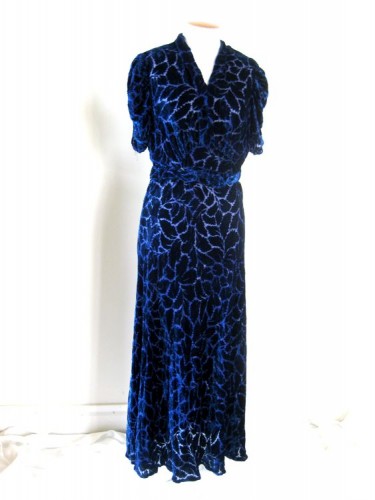
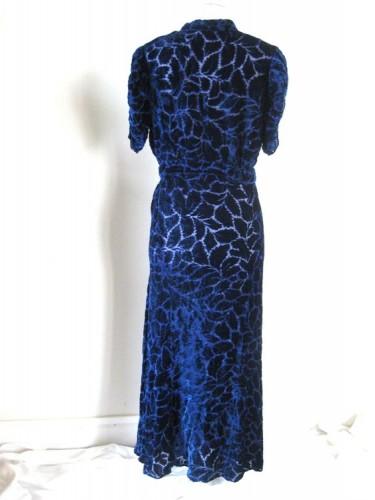
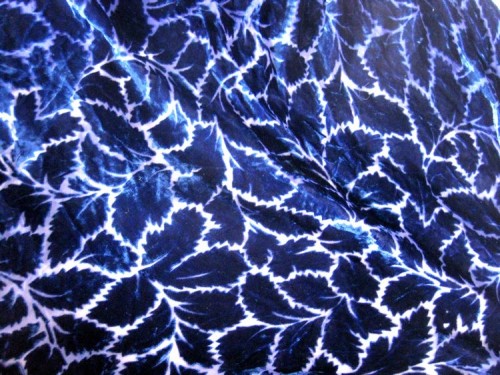

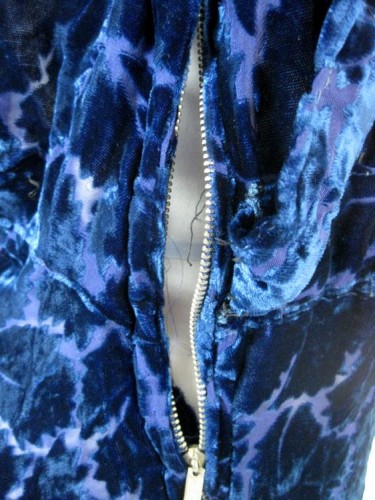
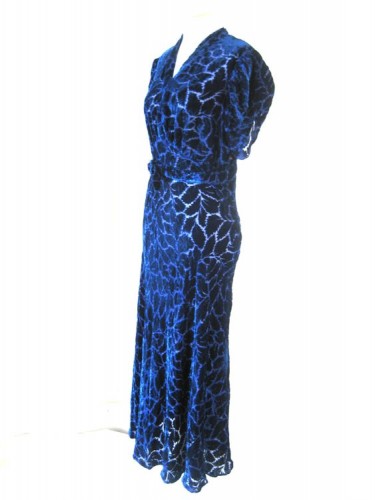
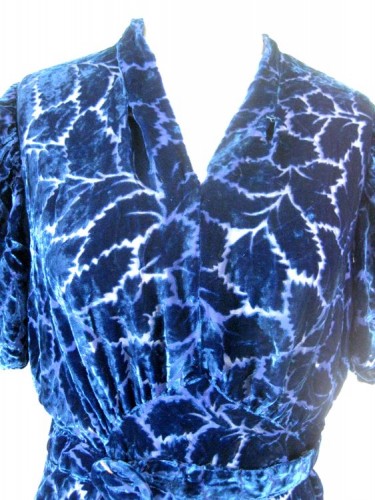

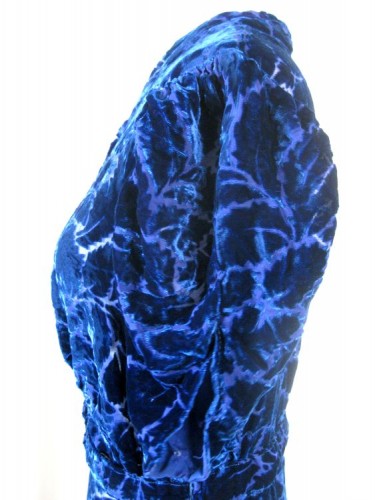

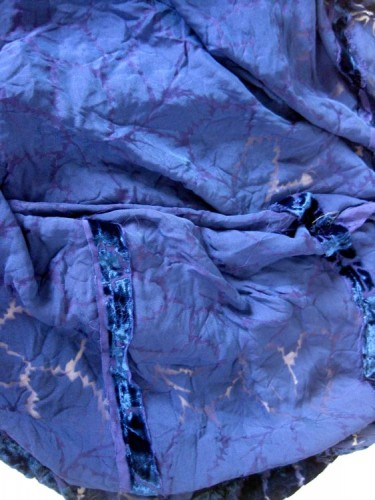
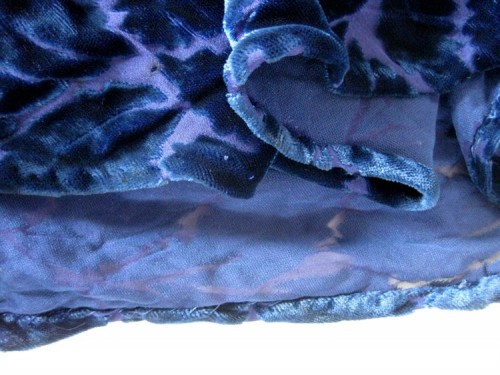
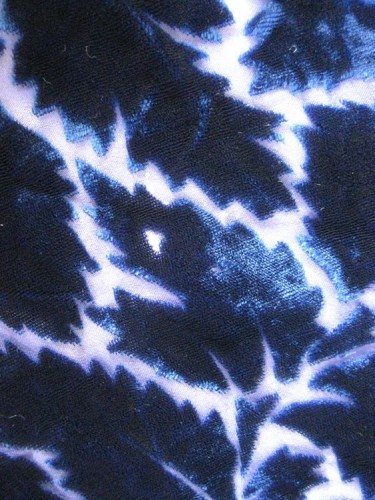

So beautiful! My kind of dress, definitely.
If you find the pattern, please let us know. 🙂 I doubt I would be able to lay my hands on it anyway, but the pattern illustration may give us more ideas about the dress and its background…
Oh, I certainly will!
That is a lovely dress indeed! I always get excited when I come across handmade clothes in thrift/vintage stores. They seem so much more meaningful, thinking about how some lady sat and made this for a reason. Although, my first thought on reading your analysis was, oh no, some blogger in the future is going to look at one of my atrocious insides and make comments about my lack of seam finishing!
I knew you were a person after my own heart – that’s exactly how I feel about it! And some blogger in the future may look at your clothes, but the flaws will probably make them feel better about their own shortcomings 😉 That’s exactly how it is for me.
Oh it’s so lovely! Are you going to render a copy? Then it can live on. Mind you that devore is one of the loveliest I’ve seen in forever!
A copy of this is going on my long, long list of things to do. Not very near the top, I’m afraid. Finding the right fabric would bump it up considerably though!
Devore velvet is one of my favorite things ever–you get the soft, beautiful velvet and a great pattern on top of it all! This one is just awsome! While green is my favorite color, blue still tugs at my heart every now and again. I love this dress! If the sleeves were any more 1940s, though, it would just ruin it for me. I don’t get along with that period very well.
I have a love/hate relationship with devore. Sometimes it is just sublime (as in this dress) and sometimes it reminds me too much of hippie dresses!
I do, however, totally agree about the sleeves. The 40s could be so trying.
That is ravishing. And that mediocre hand-rolled hem really makes my heart go out to the seamstress – I can’t hand-roll a hem to save my life.
Me neither! And it’s very tricky fabric to hand roll too. Perhaps I didn’t give her quite enough credit.
The fabric is beautiful. Homemade garments fascinate me, because the construction says so much about the maker. I agree this was probably a commercial pattern, and I’d love to see the pattern itself.
That’s exactly how I feel – it really allows you to get a glimpse of their techniques and training.
Beautiful fabric! I do hope you will wear it for its careful photoshoot.
Thank you. I do hope to! I’ll need the right slip first though.
Oh, you would look BEAUTIFUL in it! I hope that you get to wear it (is that what inspired your poll?)
By the way, how hard is it to take a pattern off of a dress? I remember some characters in Sense and Sensibility talking about taking a pattern off of a dress. Would you need the pattern, after all?
…Awww … thanks! I’ll definitely try to do a photoshoot. All these vintage dresses did spark my poll a bit.
How hard it is to take a pattern off of a dress depends on the cut of the dress. It’s harder to pattern things with pleats and gathers and stretch and bias cut, because all those things hide what that flat, unsewn pattern would have looked like. With a dress like this I would do a combination of taking a pattern and draping.
That’s beautiful. Now I want one just like it.
We’ll have to have a blue velvet ’30s dress club – everyone wants one!
I dream of finding something like that – what a beauty!